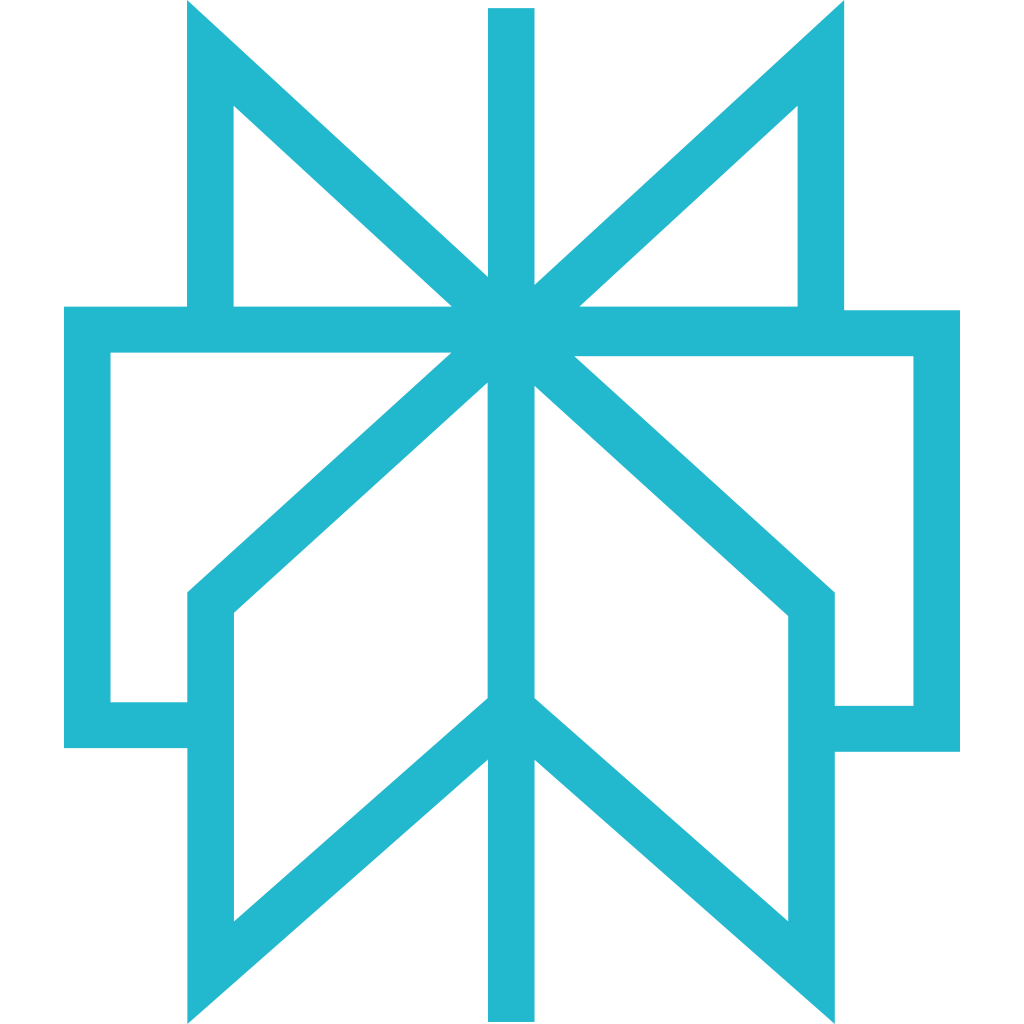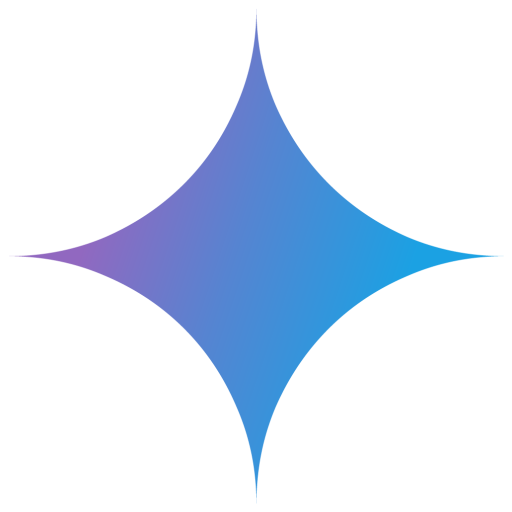In this article, we’ll share valuable insights from our webinar with Nisha Baxi, "Unlocking Success: Inside Stories of Customer Education Implementation," where she revealed the benefits and top tips for supporting customer self-education.
Are you looking for ways to empower your customers to learn and succeed on their own? In the SaaS industry, giving users the tools and resources they need to self-educate can transform their experience. It can boost customer satisfaction, improve product adoption, and reduce support costs.
But what are the best ways to implement self-education strategies? In this article, we’ll share valuable insights from our webinar with Nisha Baxi, "Unlocking Success: Inside Stories of Customer Education Implementation," where she revealed the benefits and top tips for supporting customer self-education.
Outline
- Introduction
- The Growing Demand for Self-Education
- Self-Education Trends
- Meeting Customer Needs
- Benefits of Self-Education in SaaS
- Improved Product Adoption
- Reduced Support Costs
- Enhanced Customer Satisfaction
- Strategies for Implementing Self-Education in SaaS
- Develop Comprehensive Learning Materials
- Use Technology for Scalability
- Encourage Participation
- Provide Continuous Learning Opportunities
- Measuring the Effectiveness of Self-Education Initiatives
- Usage and Engagement Metrics
- Support Ticket Volume
- Customer Satisfaction Scores
- Product Adoption Rates
- Challenges in Implementing Self-Education
- Creating High-Quality Content
- Ensuring Accessibility
- Maintaining Engagement
- Future Trends in Self-Education for SaaS
- AI and Machine Learning
- Interactive and Gamified Learning
- Seamless Integration with Product
- Conclusion
The Growing Demand for Self-Education
Today's customers are more tech-savvy and prefer to find answers on their own. In fact, studies show that 70-75% of SaaS users now prefer self-education over traditional support. (Source: Gartner) This shift means there's a big chance for SaaS companies to improve their customer success by offering better self-education resources. By focusing on self-help tools and resources, your business can meet its customers' growing desire to learn independently and make the support systems more effective.
Did You Know? MeltingSpot empowers your self-education strategy by centralizing all your learning resources in one seamless platform. Explore our platform’s product to find what else we can help you out with!
Benefits of Self-Education in SaaS
When customers can learn and solve problems on their own, everyone benefits. Here’s how focusing on self-education can make a real difference:
1. Improved Product Adoption
When users have easy access to guides and tutorials, they’re more likely to explore and use all the features of your product. This not only helps them get the most out of what you offer but also drives higher adoption rates.
Example in Practice: Gong is big on making sure customers have everything they need to learn the product inside and out. Nisha Baxi puts it simply: "We want every customer to have the knowledge they need to really take advantage of our product."
Are you looking to boost your product adoption? Check out our Top Product Adoption Softwares Guide for a friendly, detailed rundown of the best tools to help you succeed.
2. Reduced Support Costs
Allowing customers to find solutions on their own cuts down on the number of support tickets. This means your team can spend more time tackling tricky issues and less time answering repetitive questions.
Example in Practice: Gong’s Visioneers Hub is a treasure trove of self-help resources that help reduce the number of support queries.
3. Enhanced Customer Satisfaction
Customers love being able to solve problems on their own. Providing them with the right tools and resources not only empowers them but also boosts their satisfaction with your product.

Strategies for Implementing Self-Education in SaaS
Effective self-education can make a huge difference in how your customers interact with your product. Here’s how to set up a strong self-education program:
1. Develop Comprehensive Learning Materials
To meet various learning styles and preferences, you need a range of educational materials. Think about creating written guides, video tutorials, webinars, and interactive demos to cover all bases.
Example in Practice: Gong offers a rich mix of learning resources. “We strive to provide content that’s not just educational but also engaging and relevant to our users,” says Nisha Baxi. This approach ensures that everyone finds something that works for them.
NOTE: MeltingSpot can be your complete toolkit for customer self-education, as we offer everything from online courses and webinars to forums and a comprehensive knowledge base!
2. Use Technology for Scalability
Technology can make it easier to spread educational content to a wide audience. Tools like learning management systems (LMS), automated email campaigns, and in-app guides help you reach more users efficiently.
When selecting an LMS, it’s important to find one that fits your needs. Explore our comprehensive Top Customer LMS Guide for all the details you need to make an informed choice.
Example in Practice: Gong uses advanced analytics and AI to customize learning experiences for each user. This tech-driven approach boosts product adoption and keeps users satisfied by delivering content that meets their specific needs.
3. Encourage peer-to-peer knowledge sharing
While in-app learning content covers core use cases and best practices, peer exchanges can help users discover new ways to apply the product in real scenarios. By enabling spaces, inside your product, where users can share tips, workflows, and success stories, you strengthen engagement and make self-education richer.
Example in Practice: Many SaaS leaders now integrate moderated discussion areas or feedback channels within their product experience. This approach complements official training content and accelerates learning without forcing users to leave the application.
4. Provide Continuous Learning Opportunities
Learning shouldn’t end after the initial setup. Ongoing education helps users stay updated on new features and best practices, ensuring they continue to get the most out of your product.
Example in Practice: Gong keeps its educational materials fresh and relevant by regularly updating them and hosting webinars on the latest product updates and industry trends. This ensures users remain informed and engaged over time.

Measuring the Effectiveness of Self-Education Initiatives
To ensure the success of self-education initiatives, businesses need to track and analyze relevant metrics:
1. Usage and Engagement Metrics
Monitor the usage and engagement levels of educational resources. High usage rates indicate that customers find the materials valuable and are actively using them to learn about the product.
2. Support Ticket Volume
Track the volume of support tickets before and after implementing self-education initiatives. A significant reduction in tickets can indicate that customers are successfully solving issues on their own.
3. Customer Satisfaction Scores
Collect feedback from customers to assess their satisfaction with the educational resources provided. High satisfaction scores can confirm the effectiveness of the self-education strategy.
4. Product Adoption Rates
Measure the adoption rates of key product features. Increased adoption rates can indicate that customers are effectively learning and using the product through self-education.
Challenges in Implementing Self-Education
Implementing self-education initiatives in SaaS can be incredibly rewarding, but it comes with its own set of challenges:
1. Creating High-Quality Content
One of the biggest hurdles is developing content that is both engaging and informative. It’s essential to understand the diverse needs of your users and present complex information in a clear and accessible way.
Solution: Collaborate with subject matter experts to craft top-notch educational materials. Continuously update your content to keep it relevant and accurate, ensuring it meets the evolving needs of your audience.
2. Ensuring Accessibility
It's important to make educational resources accessible to everyone, regardless of language, physical abilities, or technical access. This includes considering users who may have disabilities or who speak different languages.
Solution: Apply inclusive design principles and offer resources in various formats and languages. This way, you can cater to a wide range of users and ensure that everyone has equal access to learning.
3. Maintaining Engagement
Sustaining user interest in educational content can be challenging. Without regular updates and new elements, even the best content can become stale.
Solution: Develop a content calendar that includes regular updates, introduces new features, and incorporates interactive elements. This helps keep the educational content fresh and engaging, encouraging users to return and continue learning.
Future Trends in Self-Education for SaaS
The future of self-education in the SaaS industry is set to be shaped by exciting advancements in technology and an emphasis on personalized learning experiences:
1. AI and Machine Learning
AI and machine learning technologies will become more integral in personalizing educational content to individual users. These technologies can analyze user behavior and preferences to provide customized learning paths and resources, helping customers get the most out of the product.
2. Interactive and Gamified Learning
Expect to see more interactive and gamified learning experiences. These methods make the learning process more engaging and enjoyable, encouraging users to explore and master the software’s features. Gamification, such as quizzes and achievement badges, can also motivate users to continue learning.
3. Seamless Integration with Product
Educational resources will increasingly be integrated directly into SaaS products, offering users contextual help and guidance exactly when and where they need it. This seamless integration will make learning a natural part of the user experience, reducing the need for separate training sessions and making it easier for users to access relevant information.
Conclusion
Self-education can supercharge your SaaS business by improving product adoption, cutting support costs, and increasing customer satisfaction. MeltingSpot makes it easy to centralize your educational resources - webinars, online courses, forums, and documents - all in one place.
Curious about how it all works and how it can benefit your business? Discover how MeltingSpot can transform your self-education strategy and enhance your customer success efforts today.
Become an expert in software training & adoption with MS Nation the MeltingSpot Community
Step into MS Nation, our Community, your ultimate training hub for mastering software adoption and user success!
Join MS Nation







.svg)

 Perplexity
Perplexity
 Claude
Claude
 Mistral
Mistral
 Gemini
Gemini
 Grok
Grok





.svg)
